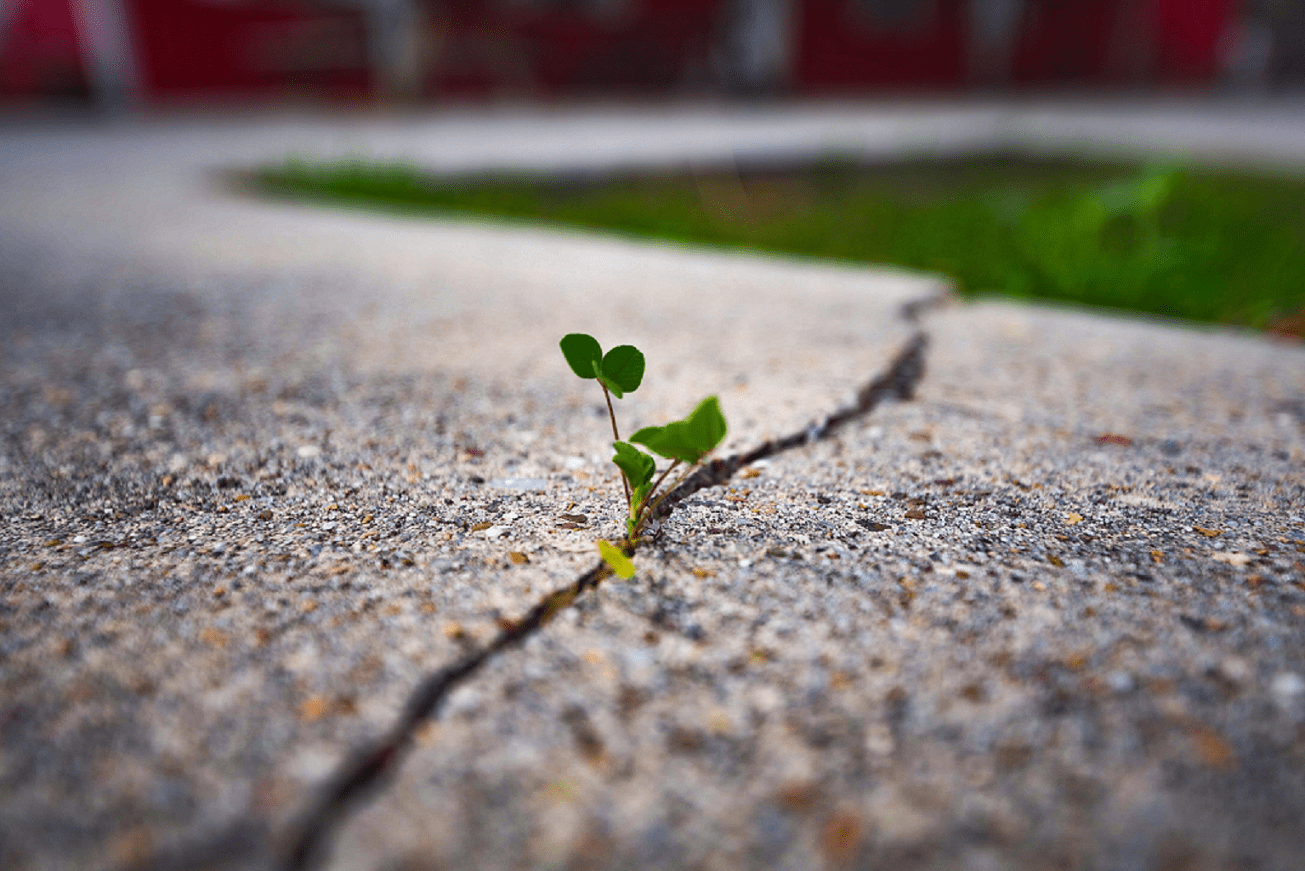Most people don’t see the danger posed by sidewalks, especially if they’re damaged. Sidewalks require maintenance from time to time to prevent possible accidents. Some of these maintenance practices include polyurethane concrete repair, re-paving, trimming tree roots, and joint installation. Below are some top things that make a sidewalk dangerous:
1. Multiple Cracks
The presence of multiple cracks in the sidewalks can be dangerous. Severe damage causes a reduction in walkability. Multiple cracks can easily cause slip and fall injuries. Depending on the magnitude of the cracks, they can either be repaired or replaced.
2. Major or Minor Chipping
Both major and minor chipping/spalling make a sidewalk dangerous. Both require urgent repair. For minor chipping, concrete repair is enough, unlike major chipping, where you need to replace the affected sections.
3. Visible Gaps on Edges
Gaps in sidewalks occur on the expansion joints left by the contractor during the installation of concrete. Over time, these gaps start widening, thus becoming unsafe for people who walk through. These gaps need asphaltic filler material or polyurethane foam concrete crack repair.
4. Sinking Sections
Having subsided sections on a sidewalk is very risky and can easily lead to fall accidents that may cause injuries or disabilities. All sinking sections should be replaced.
5. Displaced Sections Due to Growing Tree Roots
When roots from huge trees grow under sidewalks, they start displacing some sections of the sidewalks. These displaced sections can pose a threat to people, especially where they become slanted. A sidewalk with some sloppy sections increases the risk for slip and fall accidents. You need to contact a tree surgeon to trim the tree roots to solve this problem. After this, a professional contractor can then repair the affected sections.
In conclusion, these are some top things that make sidewalks dangerous. Professional concrete contractors should do all sidewalk repairs since they understand installation, repair, and replacement processes.






Recent Comments